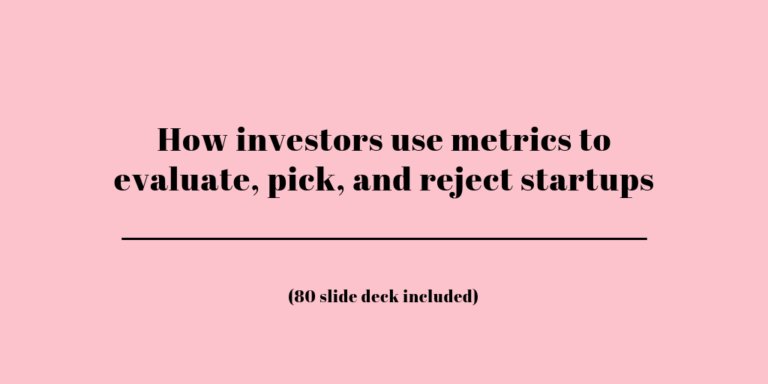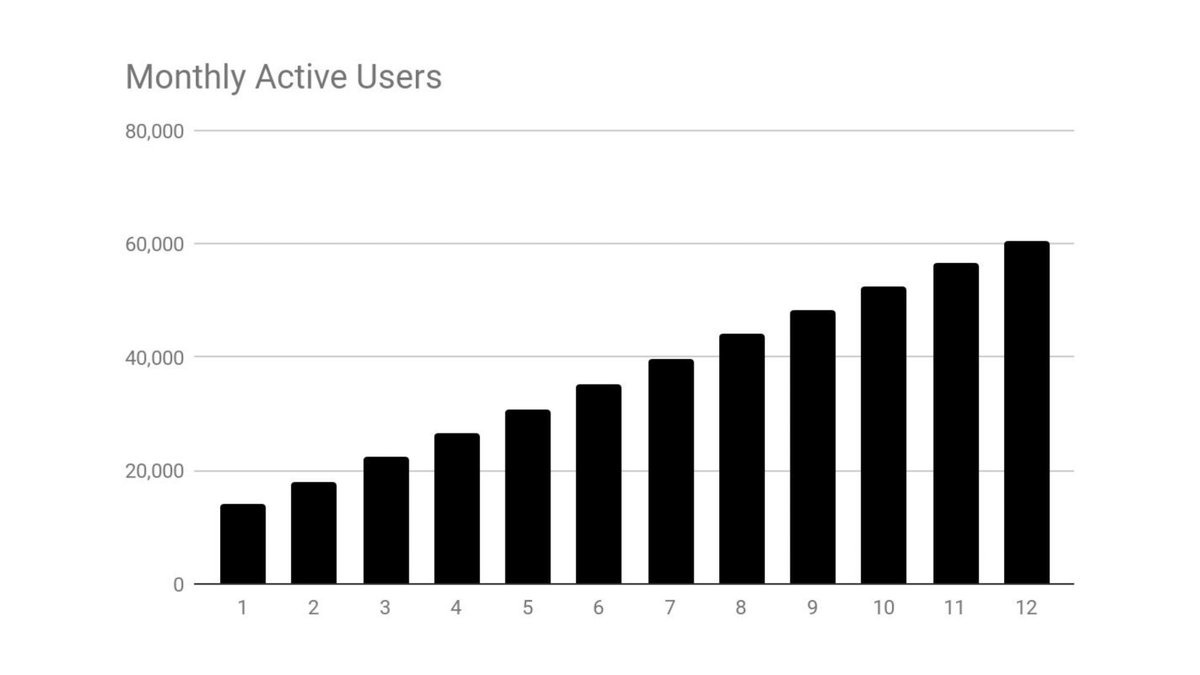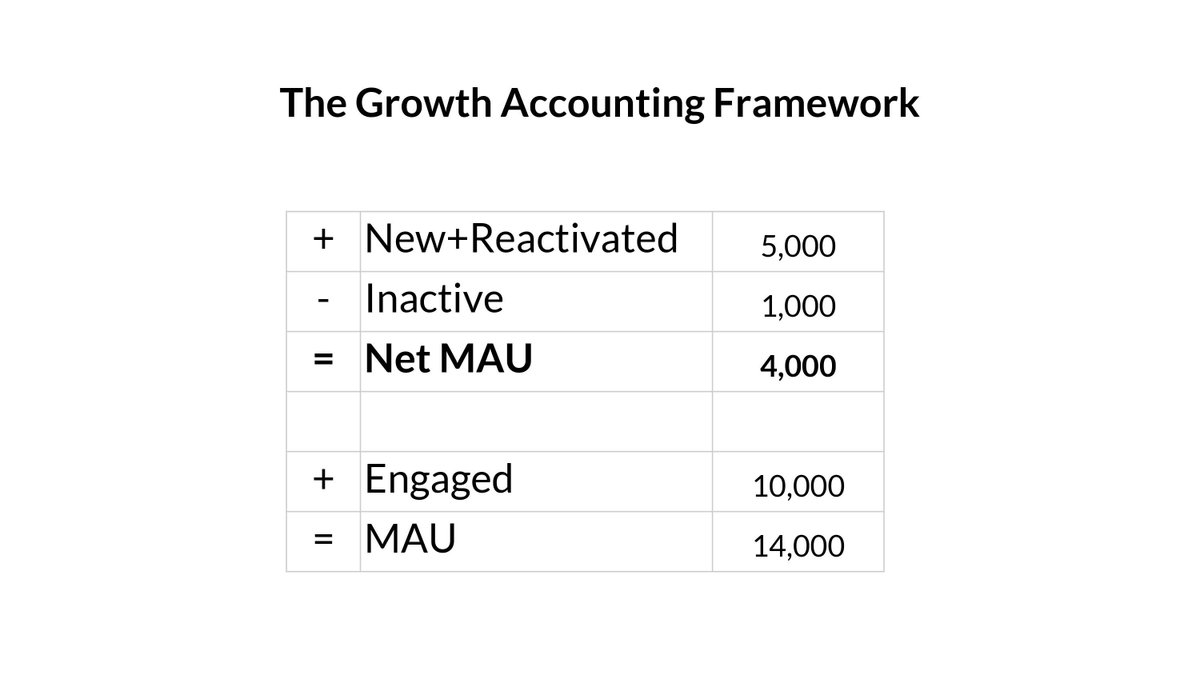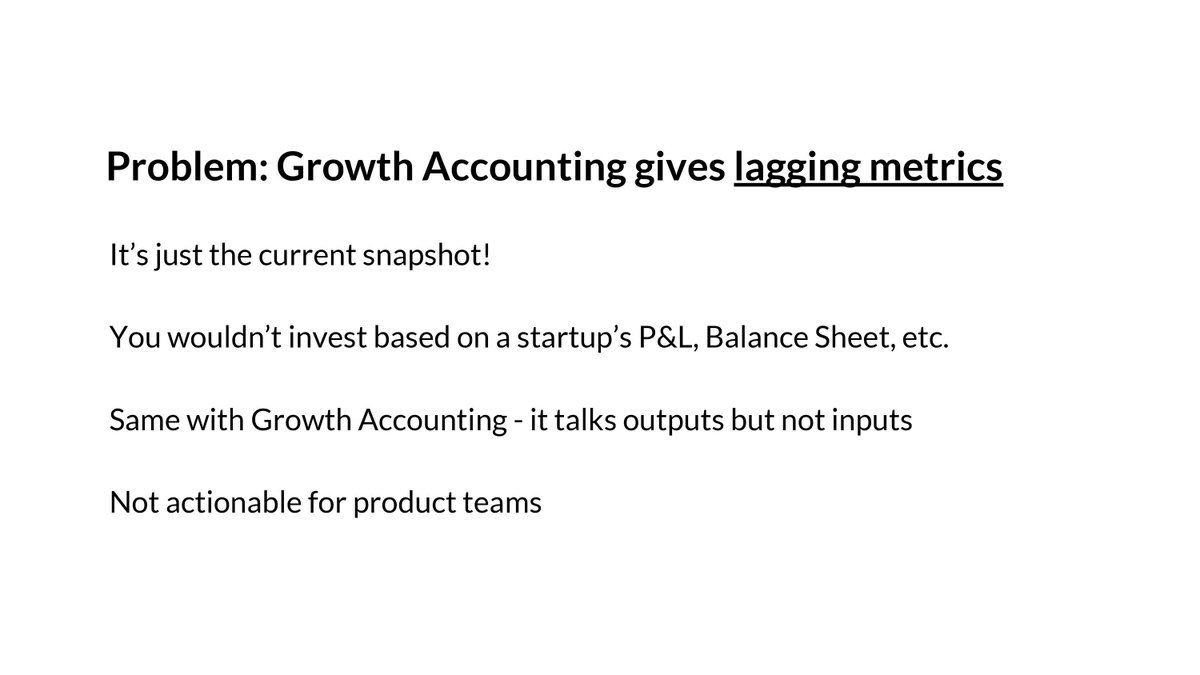The best way to know if people like your product is NOT:
- Have a lot of emails in the waiting list
- Become #1 on PH
- Become #1 of HN or Reddit
- Have people that saing "I'll pay"
- Have a lot of free users
The best way to know if they're actually pay for it.
200+ This has a high potential.
100+: This has a potential.
50+: Some people need it.
10+: People almost don't need it.
0+: People don't need it.
And obviously, you should have a lot of traffic like 3-5k+.
Ask credit card upfront:
- Visitor to trial: 0.75% - 1%
- Trial to paid: 40% - 60%
Do not ask credit card upfront:
- Visitor to trial: 5%+
- Trial to paid: 8% - 20%
https://t.co/iyUSmsrFfH by @lukaszmtw and @PawelMag
First 24h stat:
- Visitos: 9,221
- Sales: 575
- Convertion rate from visitor to sale: 6.23%
More from Startups
if you are a software engineer, this is your call to arms 👇
when we put our Fast Checkout button on websites LOTS of people start using it to buy things
our goal is to put out Fast button on EVERY website in the world
the speed of our growth is primarily limited by our engineering resources
we already have some of the best in the world, our VP of engineering built much of Apples identity infrastructure before building Uber's new commerce stack
we engineers who have spent decades among the earliest engineers at LinkedIn, Nest, Google, Cisco, Lyft, Uber & more
our team have built identity, commerce and payment systems that support BILLIONS of people, and they are now building the next platform to do that: @fast
we have a chance to fix commerce, to fix the way the internet works, for BILLIONS of people
we need more help, we need your help
there is not often an opportunity as big as this, make the best career decision of your life and get ready for huge professional growth
reach out to us:
@domm @PeterGrassi1
[email protected]
[email protected]
let me pitch why you need to join 🚀
when we put our Fast Checkout button on websites LOTS of people start using it to buy things
our goal is to put out Fast button on EVERY website in the world
the speed of our growth is primarily limited by our engineering resources
we already have some of the best in the world, our VP of engineering built much of Apples identity infrastructure before building Uber's new commerce stack
we engineers who have spent decades among the earliest engineers at LinkedIn, Nest, Google, Cisco, Lyft, Uber & more
our team have built identity, commerce and payment systems that support BILLIONS of people, and they are now building the next platform to do that: @fast
we have a chance to fix commerce, to fix the way the internet works, for BILLIONS of people
we need more help, we need your help
there is not often an opportunity as big as this, make the best career decision of your life and get ready for huge professional growth
reach out to us:
@domm @PeterGrassi1
[email protected]
[email protected]
let me pitch why you need to join 🚀
You May Also Like
Speech Delay is most common in children nowadays
In ancient times, our grandparents used to follow typical natural way of caring the needs of a child. All they used were more of natural products than chemical based for the growth of child.

One of major step followed was to feed Gurbach Jadd/ Vasa Kommu/ Acorus Calamus for initiating good speech ability in a child. This stem was needed to babies on Tuesdays and Sundays in mother's milk.
Vasa is feed to baby after the 1st bath on 12th day in week. Weekly only thrice it is fed and named as :
Budhwar - Budhi Vasa
Mangalwar - Vaak Vasa
Ravi Vaar - Aayush Vasa
This stem is burnt and rubbed against the grinding stone in mother's milk or warm water to get a paste

The procedure to make it is in the link
https://t.co/uo4sGp7mUm
It should not be given daily to the child. Other main benefits are
1. It clears the phlegm in child's throat caused due to continuous milk intake. It clears the tracts and breathing is effortless.
2. Digestion
For children who haven't got their speech and is delayed than usual should feed this vasa on these days in week atleast for 6months. Don't get carried away with this dialogue
"Some gain speech little late"
In ancient times, our grandparents used to follow typical natural way of caring the needs of a child. All they used were more of natural products than chemical based for the growth of child.

One of major step followed was to feed Gurbach Jadd/ Vasa Kommu/ Acorus Calamus for initiating good speech ability in a child. This stem was needed to babies on Tuesdays and Sundays in mother's milk.
Vasa is feed to baby after the 1st bath on 12th day in week. Weekly only thrice it is fed and named as :
Budhwar - Budhi Vasa
Mangalwar - Vaak Vasa
Ravi Vaar - Aayush Vasa
This stem is burnt and rubbed against the grinding stone in mother's milk or warm water to get a paste

The procedure to make it is in the link
https://t.co/uo4sGp7mUm
It should not be given daily to the child. Other main benefits are
1. It clears the phlegm in child's throat caused due to continuous milk intake. It clears the tracts and breathing is effortless.
2. Digestion
For children who haven't got their speech and is delayed than usual should feed this vasa on these days in week atleast for 6months. Don't get carried away with this dialogue
"Some gain speech little late"





















